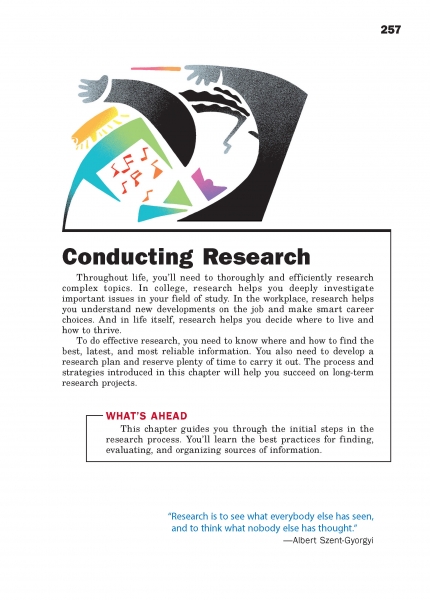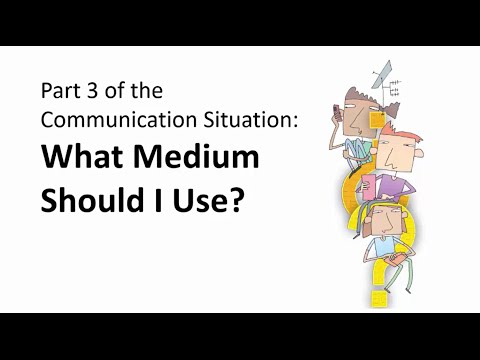Page 257 from

Start-Up Activity
Ask your students to imagine being assigned to research the internment of Japanese Americans during World War II. Challenge them to brainstorm different ways for finding relevant information about the topic. But there's a twist: None of the research can involve the Internet.
Certainly, someone will suggest visiting the library. However, with no Internet, students would need to know how to use a physical card catalog to find books they need. Libraries also have microfilm collections with archived newspaper articles dating back to the period of Japanese-American internment. Again, they would need to learn how to use microfilm. Someone else might suggest visiting a museum. That could work if the museum is close by. Same goes for visiting a historical site like Manzanar in California. How about interviewing a historian or someone who had a family member live in an internment camp? Great idea! But tracking down such a person is more difficult without the Internet. Give your students time to come up with as many ideas as they can. What else do they suggest?
After students have listed as many research methods as they can, flip the script. Ask what would happen if they could use only the Internet for research. What valuable sources of information might they miss out on? Certainly, relying solely on the Internet could blind them to some of the sources they suggested. Of course, online, library, and original research work best in combination.
Think About It
“Google is not a synonym for ‘research.’ ”
—Dan Brown

Start-Up Activity
Ask your students to imagine being assigned to research the internment of Japanese Americans during World War II. Challenge them to brainstorm different ways for finding relevant information about the topic. But there's a twist: None of the research can involve the Internet.
Certainly, someone will suggest visiting the library. However, with no Internet, students would need to know how to use a physical card catalog to find books they need. Libraries also have microfilm collections with archived newspaper articles dating back to the period of Japanese-American internment. Again, they would need to learn how to use microfilm. Someone else might suggest visiting a museum. That could work if the museum is close by. Same goes for visiting a historical site like Manzanar in California. How about interviewing a historian or someone who had a family member live in an internment camp? Great idea! But tracking down such a person is more difficult without the Internet. Give your students time to come up with as many ideas as they can. What else do they suggest?
After students have listed as many research methods as they can, flip the script. Ask what would happen if they could use only the Internet for research. What valuable sources of information might they miss out on? Certainly, relying solely on the Internet could blind them to some of the sources they suggested. Of course, online, library, and original research work best in combination.
Think About It
“Google is not a synonym for ‘research.’ ”
—Dan Brown




